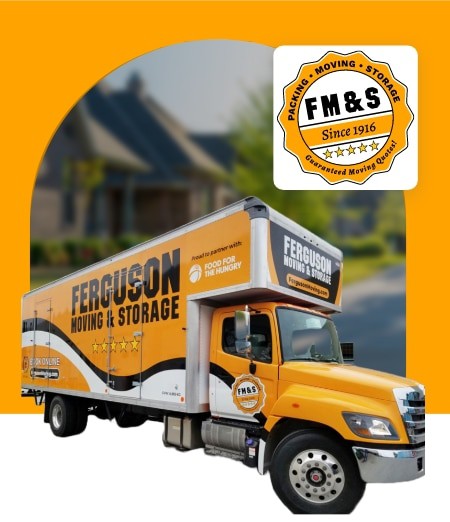How to Move a Portable AC Unit
December 7, 2017
edmonton moving and storage -> It sure is nice to have that air conditioning on hot summer days, so you may have a portable air ...
Read More
Moving a Dishwasher
November 21, 2017
Moving a dishwasher just makes sense sometimes. After all, you’ve invested a lot in your appliances and it would be a shame not to bring ...
Read More
Moving Tips: Relocating a Retail Shop
November 21, 2017
As professional shop movers, the professionals at Ferguson Moving & Storage understand that moving any retail space is quite different than moving a home. With ...
Read More
Canadian Online Stores with Free Shipping Options
November 17, 2017
As a company of Vancouver movers, the team at Ferguson understands that when you do a long distance move to a remote location, you’re probably ...
Read More
How To Utilize Municipal Junk Removal Services In Metro Vancouver
October 26, 2017
When you’re moving, you’re probably also purging. There may be junk you need to get rid of. You could pay a junk removal company to ...
Read More
Moving Furniture On Top Of A Car
October 10, 2017
Moving furniture on top of a car can be challenges but necessary in some situations. When you’re trying to fit your furniture in your car ...
Read More
Hot Tub Moving Tips
October 5, 2017
When you look online for Vancouver hot tub movers, or instructions on how to move a hot tub, you’ll get some confusing information. But if you ...
Read More
How to Move a Bed Frame
September 26, 2017
Since we’ve written about how to move a mattress, we thought we’d write about the next step: how to move a bed frame. Ferguson Moving ...
Read More
Home improvement investments you can take with you when you move
September 20, 2017
If you’ve spent a lot of time on the home you live in, it’s likely you’ve spent money it. Whether it was for repairs, or ...
Read More
Finding Good Schools in Vancouver
September 7, 2017
If you are thinking of moving in Vancouver, you probably have a checklist of what you want in your new home, and perhaps even your ...
Read More


